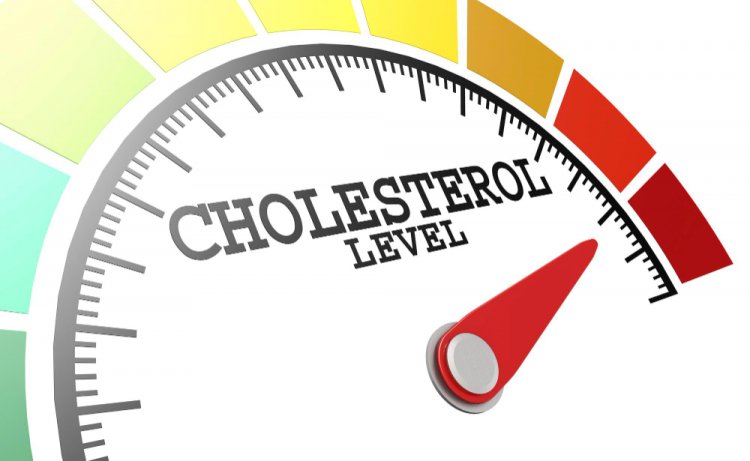Cholesterol Emboli: Understanding the Mechanisms, Diagnosis, and Treatment
Cholesterol emboli, also known as atheroemboli or cholesterol crystal embolism (CCE), represent a significant medical condition with diverse clinical manifestations. These emboli occur when cholesterol crystals dislodge from atherosclerotic plaques within blood vessels and travel downstream to smaller vessels, leading to obstruction and subsequent tissue ischemia. In this comprehensive article, we delve into the intricate details of cholesterol emboli, covering their pathophysiology, clinical presentation, diagnosis, and management strategies.

Pathophysiology of Cholesterol Emboli
Cholesterol emboli originate from the rupture of atherosclerotic plaques, which are composed of cholesterol, lipids, inflammatory cells, and connective tissue within arterial walls. Upon plaque rupture, cholesterol crystals are released into the bloodstream. These crystals can travel distally through the arterial circulation until they become lodged in small vessels, causing occlusion and tissue damage. The affected organs commonly include the kidneys, skin, gastrointestinal tract, central nervous system, and extremities.
Clinical Presentation of Cholesterol Emboli
The clinical presentation of cholesterol emboli varies widely depending on the organs affected and the extent of tissue damage. Common manifestations include renal insufficiency or failure, livedo reticularis (mottled skin discoloration), gastrointestinal bleeding, stroke, peripheral arterial occlusion, and blue toe syndrome. The onset of symptoms may be acute or insidious, often mimicking other disease processes, making diagnosis challenging.
Diagnosis of Cholesterol Emboli
Diagnosing cholesterol emboli requires a high index of suspicion, especially in patients with a history of cardiovascular disease or recent vascular interventions such as cardiac catheterization or surgery. Laboratory investigations may reveal elevated serum creatinine levels, eosinophilia, and evidence of end-organ damage. Imaging studies such as Doppler ultrasound, CT angiography, or skin biopsy may aid in confirming the diagnosis by demonstrating characteristic findings such as intraluminal filling defects or cholesterol clefts within affected tissues.
Treatment Strategies for Cholesterol Emboli
The management of cholesterol emboli is largely supportive and aimed at alleviating symptoms, preserving organ function, and preventing further embolic events. Therapeutic interventions may include hemodynamic stabilization, pain management, anticoagulation to prevent thromboembolic complications, and measures to optimize renal function such as fluid resuscitation and renal replacement therapy in severe cases. Additionally, addressing underlying cardiovascular risk factors and initiating statin therapy may help stabilize atherosclerotic plaques and reduce the risk of recurrent emboli.
In conclusion, cholesterol emboli represent a complex and potentially life-threatening condition that requires a multidisciplinary approach involving clinicians from various specialties including cardiology, nephrology, dermatology, and vascular surgery. Early recognition and prompt intervention are paramount in improving patient outcomes and minimizing long-term complications associated with this challenging condition.
#CholesterolEmboli #Atheroemboli #CholesterolCrystalEmbolism #EmbolicComplications #AtheroscleroticPlaques #OrganIschemia #ClinicalPresentation #DiagnosisAndTreatment #MedicalScience #Cardiology #Nephrology #Dermatology #VascularSurgery #Healthcare #Medicine
What's Your Reaction?





















